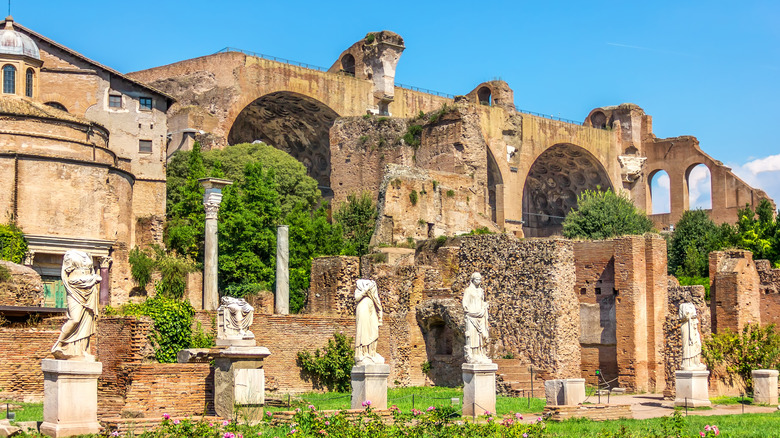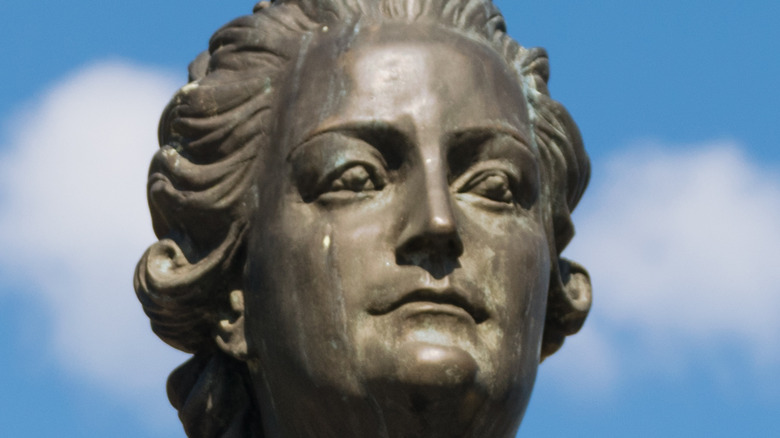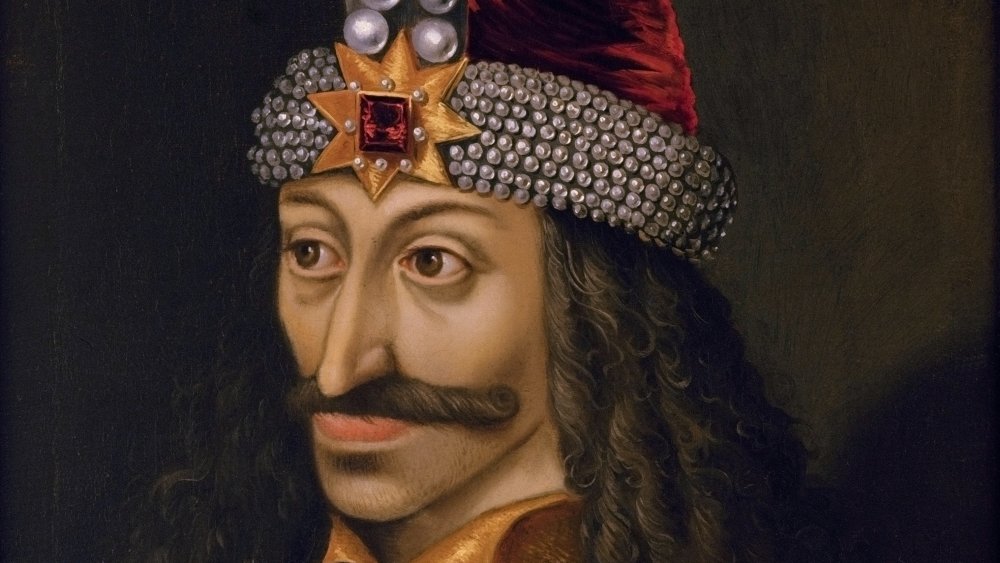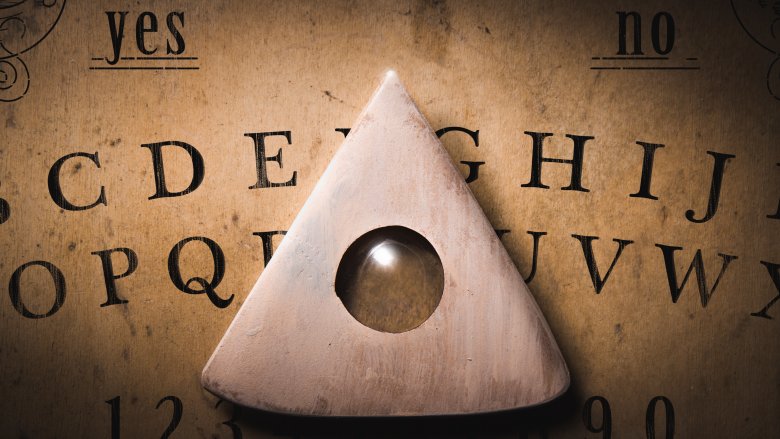
Why Rome Would Have Crumbled Without Vestal Virgins
Vestal Virgins were key figures in the Roman religion that dated from the 7th century BCE up until it was banned along with all other non-Christian religions in 394 AD by Theodosius I, per Britannica. Six priestesses served as Vestal Virgins at any given time and represented Vesta, goddess of the hearth, by living in the House of the Vestal Virgins on the Roman Forum. Among their duties was tending the perpetual fire within the Temple of Vesta. Virgins were selected, between the ages of six and 10, by the chief priest. They were traditionally required to be freeborn, with freeborn and respectable parents, both of whom were living, and without what were considered mental or physical defects. Eventually, daughters of formerly enslaved people were also eligible for selection as Vestal Virgins.
The Virgins served for 30 years, during which they were required to remain virgins. Violation of this vow was punishable by being buried alive, as spilling the blood of Vestal Virgins was forbidden. Other expected duties included getting water from a sacred spring specially for Vesta, preparing ritual food, taking care of the temple itself as well as objects housed in its sanctum, and presiding over Vestalia, the period between June 7 and 15 during which Roman citizens publicly worshiped Vesta. Failure to carry out the duties of a Vestal Virgin was punishable by beatings. Despite these high expectations, Vestal Virgins also enjoyed several privileges, including not being subject to their fathers’ rules, unlike other unmarried women, and the ability to own and tend to their own property.
Vestal Virgins were a key to stablizing ancient Roman life
Although Vestal Virgins were free to marry at the end of their 30 years of service, according to the World History Encyclopedia, most did not, as it was considered unlucky after being consecrated to Vesta for so long. Their role was considered so vital to ancient Roman life that the fall of the Roman Empire was blamed on the widespread adoption of Christianity and thus ignoring the old gods, including Vesta, who many thought had kept Rome safe and prosperous because people worshiped them properly. The disbanding of the Vestal Virgins and the desecration of the Temple of Vesta was considered “the height of ingratitude for the service the goddess had given the city over the centuries.”
Per the research paper “The Power of Virginity: The Political Position and Symbolism of Ancient Rome’s Vestal Virgin,” housed within Western Oregon University’s Digital Commons, the eternal flame within the Temple of Vesta represented Rome as a whole. It symbolized Rome as a unified household, with Virgins representing mothers tending the fires and keeping them safe and ever-burning. Fire also represented a connection to the divine, with flames employed to send offerings from humans to gods. The symbolism of the eternal flame was so strong and so embedded within ancient Roman culture that its very structure relied upon the care and devotion of the Vestal Virgins to remain intact.

Why The FBI Was Once Fixated On Burt Lancaster

This Is How Richard Nixon Nearly Messed Up The Charles Manson Trial

Everything We Know About Missing Geologist Daniel Robinson

The Truth About The Largest Desert In The World

What You Might Not Know About Bolivia's Sky Mirror

How Historic Pandemics Changed The Course Of History

How Many Victims Did Bobby Joe Long Really Have?

The Truth About Serial Killer Bobby Joe Long's Death

Why Big Ben Almost Didn't Exist

This Is The Most Densely-Populated Country In The World























